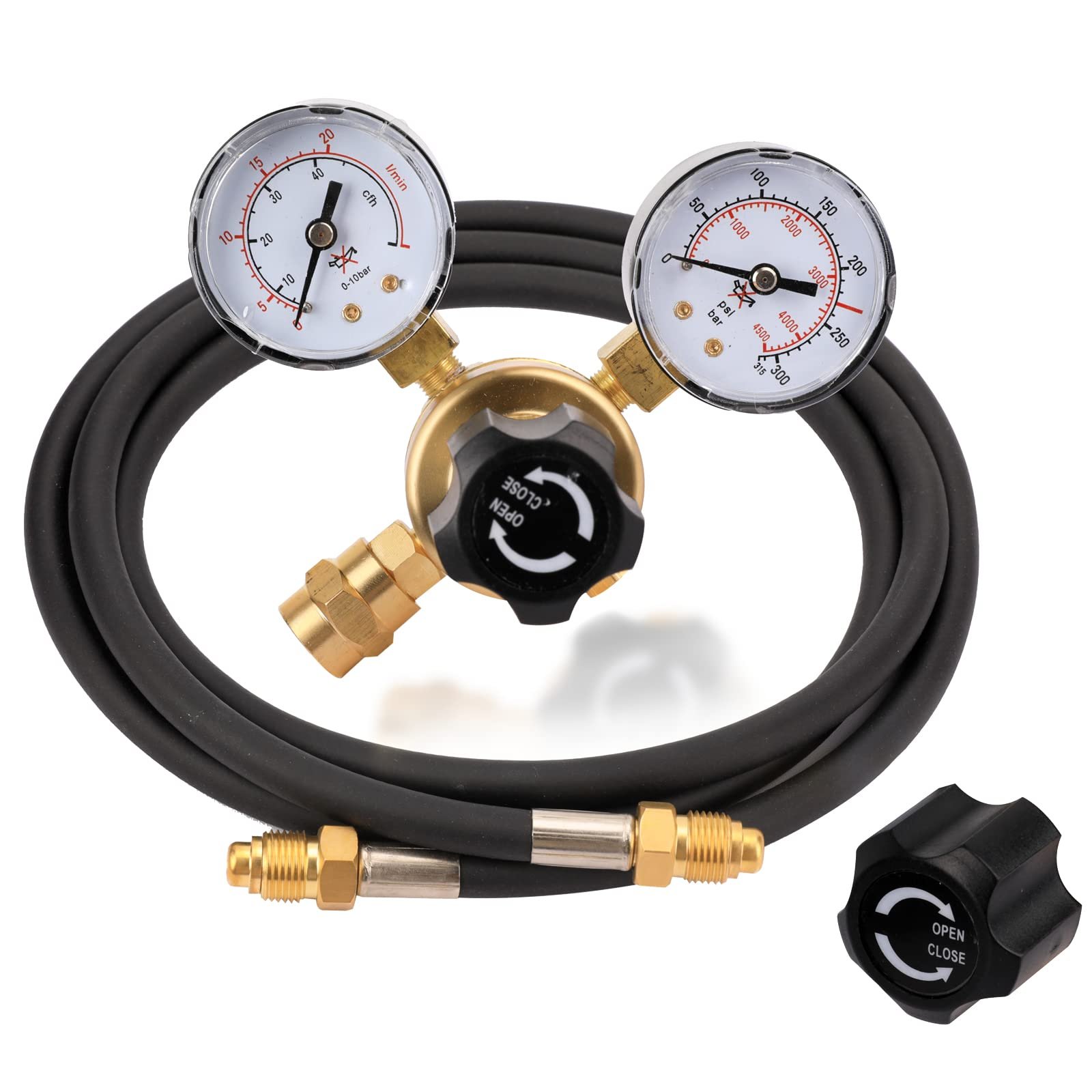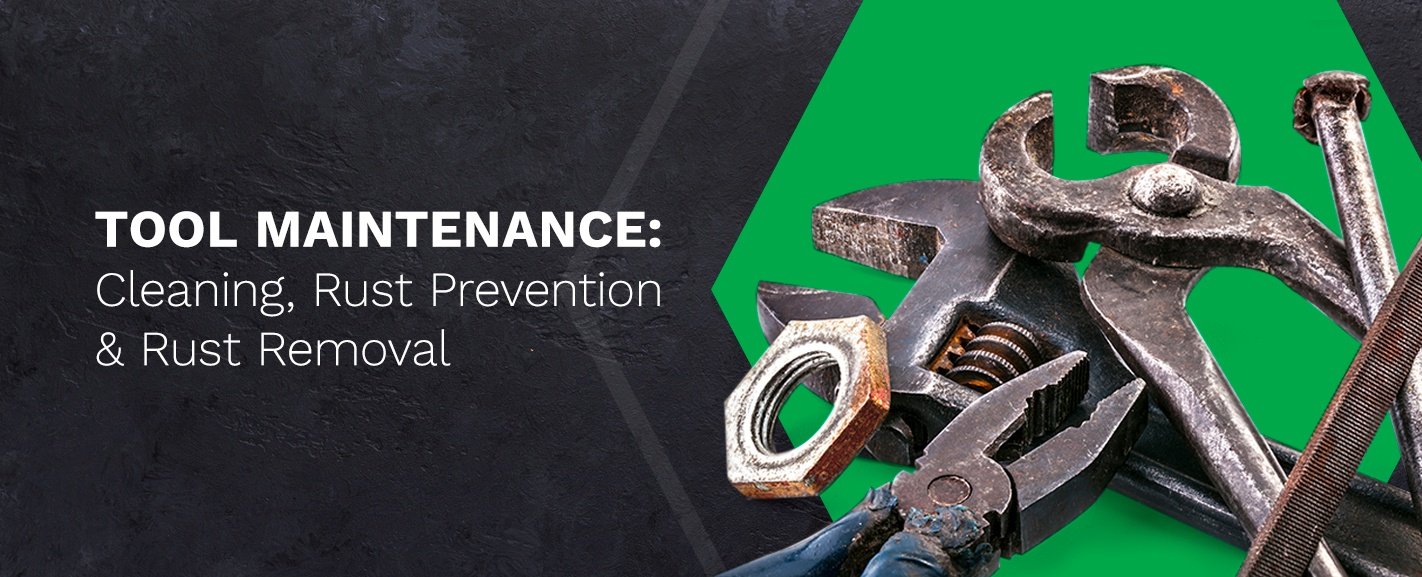Argon Pressure for MIG Welding: Your Precision Guide
The ideal argon pressure for MIG welding typically ranges between 15 to 25 cubic feet per hour (cfh). Maintaining proper argon gas flow is crucial for weld quality. Argon gas plays an essential role in MIG welding, providing the inert atmosphere necessary to protect the weld pool from contaminants. As an industry standard, welders … Read more






